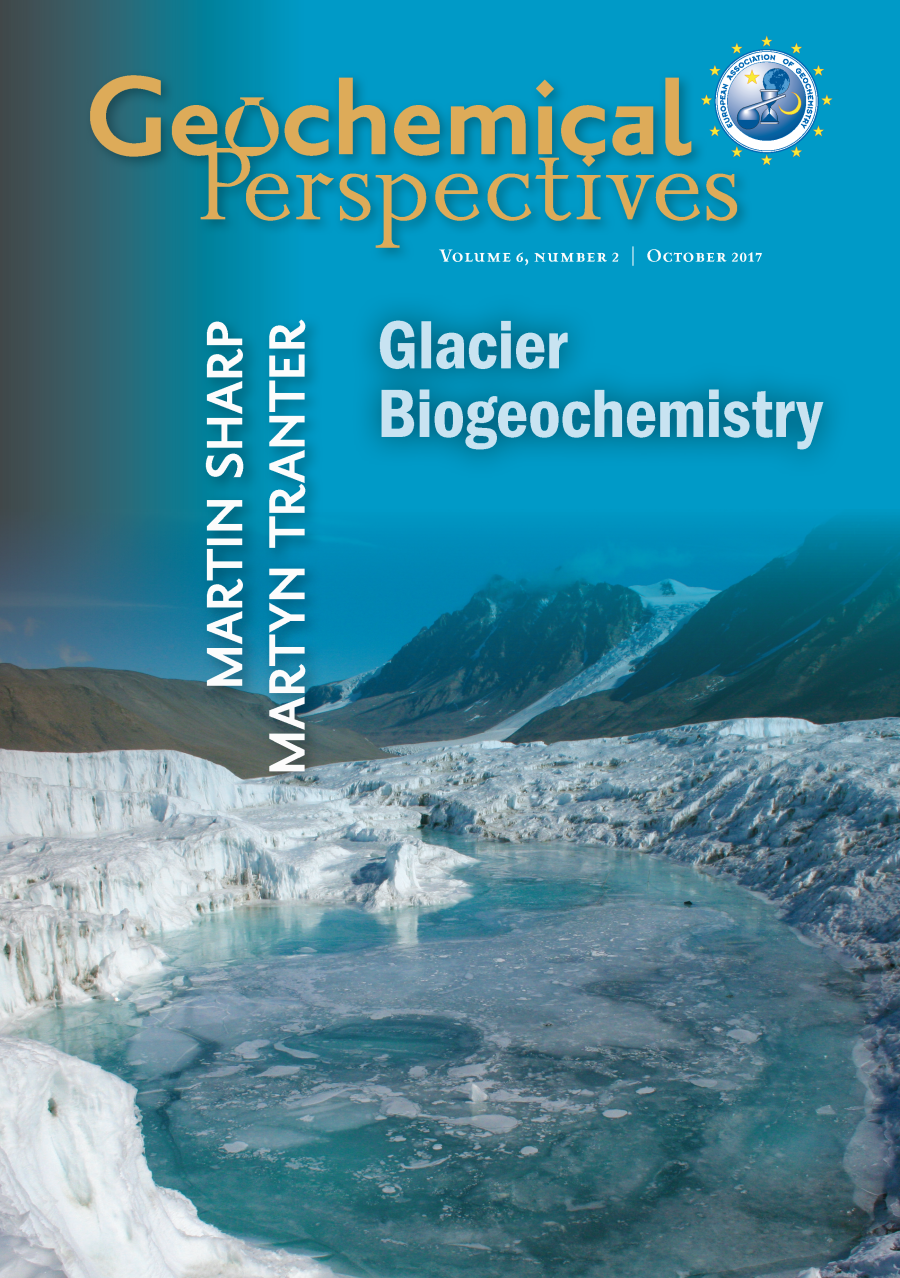
doi: 10.7185/geochempersp.6.2 | Volume 6, Number 2 (pages 173-339)
Abstract
This volume charts our interlinked research pathways, which began with an interest in water flow paths at glacier beds and expanded into an exploration of the role of glaciers and ice sheets in local, regional, and global biogeochemical cycles. Along the journey, we discovered that glacier beds are habitats for microbes, and that the microbes are sustained by a variety of rock- and organic carbon-related processes. We were encouraged to write our story in a travelogue style, highlighting the contributions of the great students, post docs and colleagues we have had the pleasure to work with, the sometimes random nature of the factors that led us to explore new systems and processes, and some of the dead ends we ran into. We could have written so much more, but we have covered the state of the science when we were post grads, the things that motivated us to study rock dissolution and water flow paths at glacier beds, what happened when we explored glacier beds for the first time, in terms of biogeochemical weathering reactions, our desire to upscale from small valley glaciers to the larger ice masses of Svalbard and Ellesmere Island and, finally, the opportunities we had to work on the biogeochemistry of the Greenland and Antarctic Ice Sheets. It is with some pride that we note that most of the biogeochemical processes we deduced from our studies of smaller glacier systems also occur beneath the large ice masses, given due regard to differences in spatial scale, the timescales on which processes operate, and the provenance of sediment at the glacier beds. Our students have made huge contributions to the field of glacier biogeochemistry, the role of glaciers in fertilising the oceans, and the role of bedrock abrasion and crushing in subsidising microbial communities beneath ice sheet interiors. We suspect that these are going to be topics they will write about in future volumes of this series, as a minimum.

